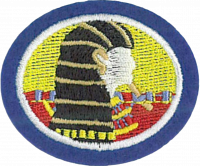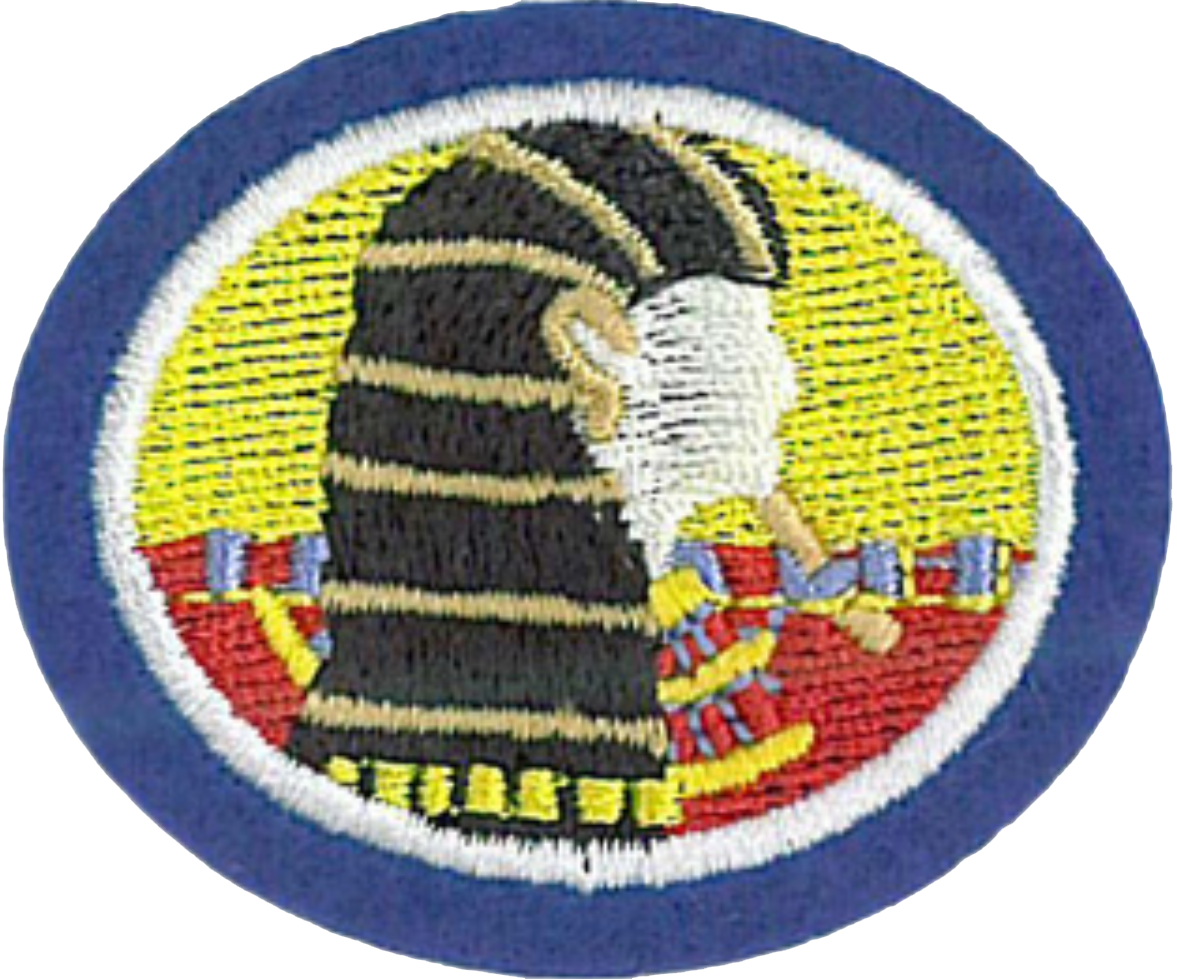Difference between revisions of "AY Honors/Biblical Archaeology"
From Pathfinder Wiki
< AY HonorsAY Honors/Biblical Archaeology
m |
|||
| (15 intermediate revisions by 4 users not shown) | |||
| Line 1: | Line 1: | ||
| − | + | {{HonorLanding | |
| − | |||
| − | |||
| − | {{ | ||
| − | |||
|skill=2 | |skill=2 | ||
|year=2012 | |year=2012 | ||
| − | |category=Outreach | + | |category=Spiritual Growth, Outreach and Heritage |
|authority=General Conference | |authority=General Conference | ||
| − | |insignia=Biblical Archaeology. | + | |insignia=Biblical Archaeology AY Honor.png |
| + | |master1=Family, Origins and Heritage | ||
| + | |master_group1=options | ||
}} | }} | ||
| − | |||
| − | + | =={{Localize|Overview}}== | |
| − | {{ | ||
<translate> | <translate> | ||
| − | |||
| − | |||
| − | |||
| − | |||
| − | < | + | <!--T:2--> |
| − | : | + | You're really gonna DIG this honor -- learning about the artifacts that archaeologists have found that add meaning and details to our favorite Bible stories. Even better, you get to create your own personalized "backyard dig"! (Note, this honor aligns with the 5th grade Encounter Bible Curriculum) |
| − | |||
</translate> | </translate> | ||
| − | + | == {{Localize|The Challenging Part}} == | |
| − | + | {{Localize|Challenging Part}} | |
| − | |||
| − | |||
| − | |||
| − | |||
| − | |||
| − | |||
| − | |||
| − | |||
| − | |||
| − | |||
| − | |||
| − | |||
| − | |||
| − | |||
| − | |||
| − | {{ | ||
| − | |||
| − | |||
| − | + | {{#lst:{{#titleparts:{{PAGENAME}}|2|1}}/Requirements{{GetLangSuffix}} |challenge}} | |
| − | + | {{CloseHonorPage}} | |
| − | {{#lst:{{#titleparts:{{PAGENAME}}|2|1}}/ | ||
| − | |||
| − | |||
Latest revision as of 02:02, 22 December 2022
Overview
You're really gonna DIG this honor -- learning about the artifacts that archaeologists have found that add meaning and details to our favorite Bible stories. Even better, you get to create your own personalized "backyard dig"! (Note, this honor aligns with the 5th grade Encounter Bible Curriculum)
The Challenging Part
The most challenging requirement of this honor is probably this:
11. Do one of the following:
- a. Assemble a simple model of Jerusalem observing the following:
- i. Relief
- ii. Different perimeters of the city in the time of the First Temple (David and Solomon), of the Second Temple (Herod and Jesus Christ) and the current Jerusalem
- iii. The major archaeological sites
- iv. The main points of religious visitation
- b. Simulate an archaeological dig (often referred to online as a “schoolyard dig”). Either set up the dig OR participate in a meaningful way at all stages of the dig process including:
- i. Collecting tools
- ii. Laying out the grid/area for excavation
- iii. Digging
- iv. Identifying artifacts
- v. Identifying artifact context
- vi. Recording data
- vii. Assessing the importance of the dig process
Categories:
- Pages using DynamicPageList3 parser function
- Has insignia image
- AY Honors/Family, Origins and Heritage Master Award/options
- AY Honors/HonorLanding
- AY Honor Categories/Spiritual Growth, Outreach and Heritage
- AY Honors/Spiritual Growth, Outreach and Heritage
- AY Honors/Introduced in 2012
- AY Honors/Skill Level 2
- AY Honors/Approved by General Conference
- Uses HonorLanding Template


